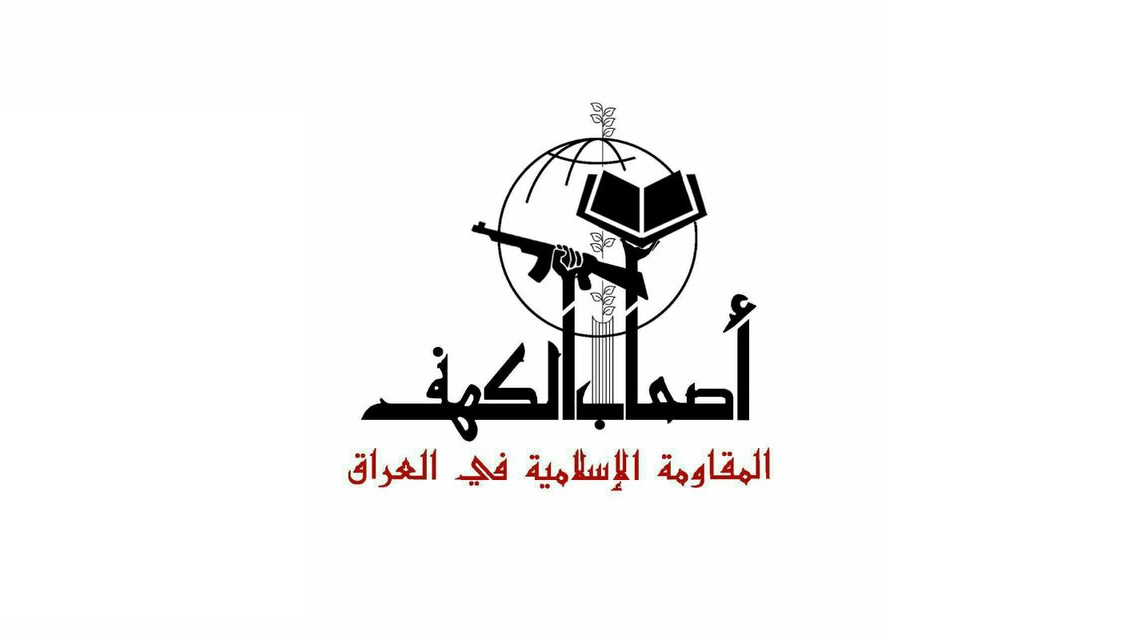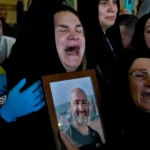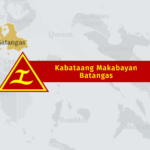A shadowy Iraqi armed group has threatened to target United States military helicopters flying over the country with American-made FIM-92 Stinger man-portable air-defense systems (MANPADs)
The group, known as the Islamic Resistance in Iraq – ‘Ashab al-Kahf, released early on April 1 a photo of a CH-47 Chinook military transport helicopter flying over an unspecified part of Iraq with a caption that reads “CH-47 vs Stinger”. It later released a 43-second video showing the same U.S. helicopter flying with another unidentified one.
‘Ashab al-Kahf is one of several pro-Iran groups that emerged in Iraq after the assassination of Abu Mahdi al-Muhandis, Deputy-Commander of Iraq’s Popular Mobilization Units, and Commander of Iran’s Quds Force, Qassim Soleimani, by the U.S. on 2 January 2020.
Over the past three years, the group carried out dozens of attacks against U.S. forces in Iraq. Most of its attacks targeted coalition supply convoys.
The group didn’t share any videos or photos confirming that it is in possession of Stinger MANPADs. The anti-aircraft missile, which is made by the U.S. Raytheon Missiles & Defense, is guided by infrared homing. It has a targeting range of up to 4,800 meters and can engage aerial targets at altitudes up to 3,800 meters.
The U.S. and its allies supplied thousands of Stinger missiles to Kiev forces in the month leading to the Russian special military operation in Ukraine last year, and after the start of the operation. Many of these missiles have reportedly ended on the blackmarket. This could explain how an Iraqi armed group aligned with Iran was able to get its hand on the American system.
‘Ashab al-Kahf threat came a week after a deadly confrontation between Iranian-backed forces and the U.S.-led coalition in Syria’s northeastern region. It also came just a day after an advisor of Iran’s Islamic Revolutionary Guard Corps was killed in Israeli strikes on the Syrian capital, Damascus.
Tension between the U.S. and Iran in the Middle East has been on the rise. In an attempt to deter Tehran and its allies, Washington deployed additional attack aircraft in the region and extended the deployment of a carrier strike group in the Mediterranean Sea.




